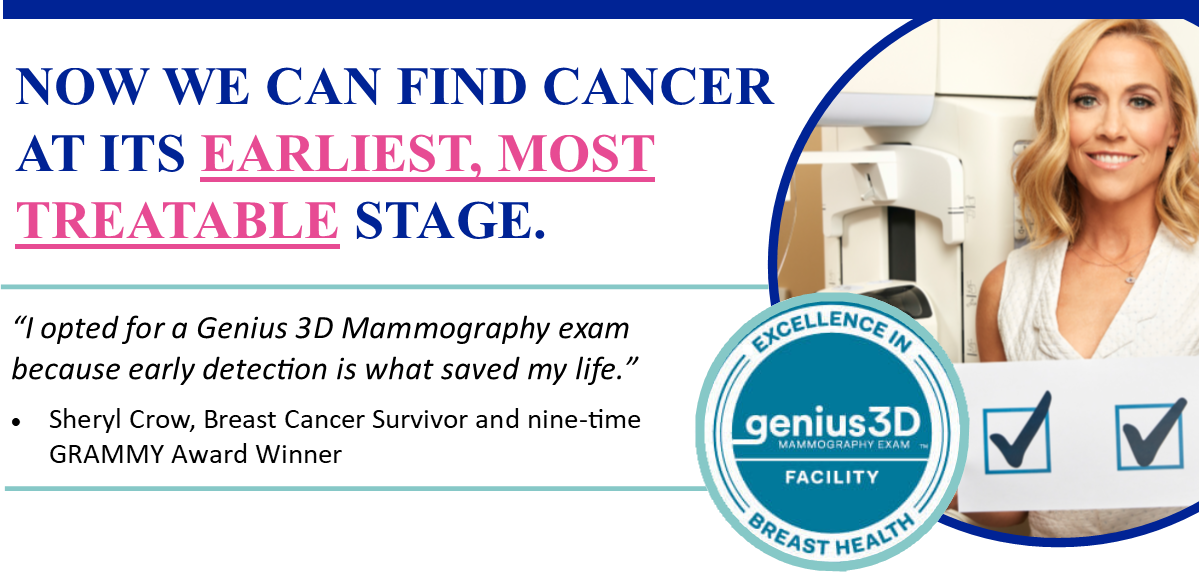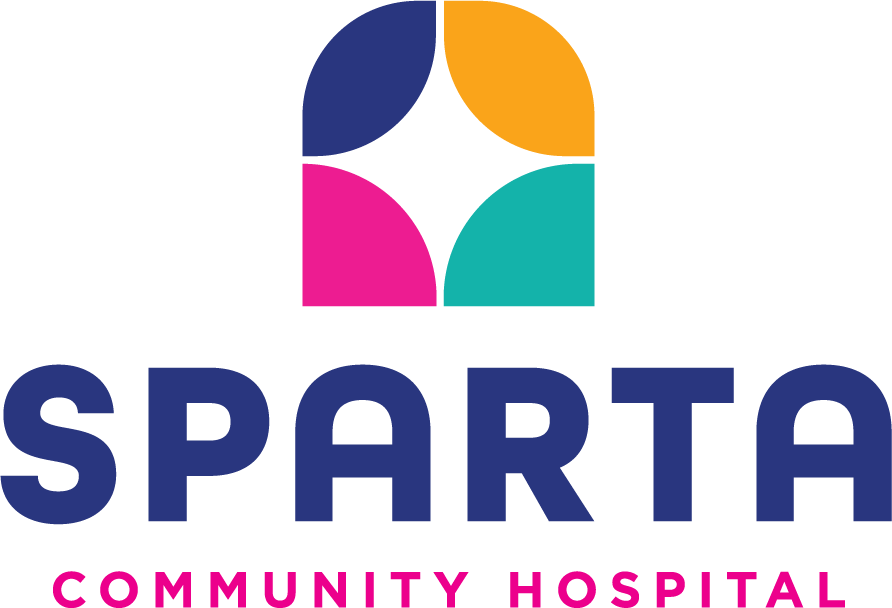1 out of 8 women in the US will develop breast cancer in her lifetime.
3 out of 4 have no family history.
Early detection saves lives. Getting regular mammograms can catch cancer sooner when treatment options are less aggressive – and outcomes are more positive.
Better detection means many women can opt for less invasive treatment options. That’s why annual screenings – and the right mammography choice – are so important.

Self-Request Mammograms
Sparta Community Hospital District’s Diagnostic Imaging Department is now offering a Self-Request Mammography Screening Program.
Self-Requesting patients are patients who come for screening mammography on their own initiative (without a providers order), but are able to name a health care provider who accepts responsibility for that patient’s clinical breast care. Women who meet the screening criteria may now schedule a mammography screening at Sparta Community Hospital without an order from their provider.
Used as a wellness tool, the goal of our Self-Request Mammography Screening Program is to guard your health and provide you easier access to testing that can detect breast cancer in its earliest form, thus increasing your chance of survival should cancer be detected.
To qualify for the Self-Request Mammography Screening Program, you must meet all of the following criteria:
- Female 40 years of age or older at the time of screening
- Asymptomatic (have no current breast complaints)
- No personal history of breast cancer
- No breast implants


